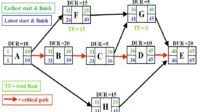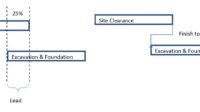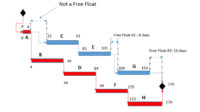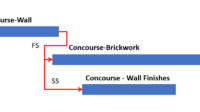Choosing the appropriate dependencies between tasks is crucial for ensuring smooth workflow and efficient project completion in project management.
When it comes to construction projects, the decision between using finish-to-finish or start-to-start relationships can significantly impact the project’s timeline and overall success. Let’s explore another example to evaluate these two options in construction.
Imagine you’re constructing a wall, and behind the whiteboard, you have a wood stud framework consisting of vertical and horizontal pieces.
The construction involves framing the wall with wood studs and then hanging the drywall panels to enclose it.
Typically, this is the standard approach used in some countries.
Initially, you begin by creating a wood stud framework, which serves as the foundation for the wall.
Next, you hang the drywall panels, which are flat, rectangular panels that cover the framework. This sequence seems straightforward, but let’s explore a common construction scenario that requires careful planning.
FS between Erect Studs and Hang Drywall
Consider a situation where you must install the studs first and then hang the drywall.
When using finish-to-start dependencies, the traditional approach involves completing the entire framework before installing the drywall.
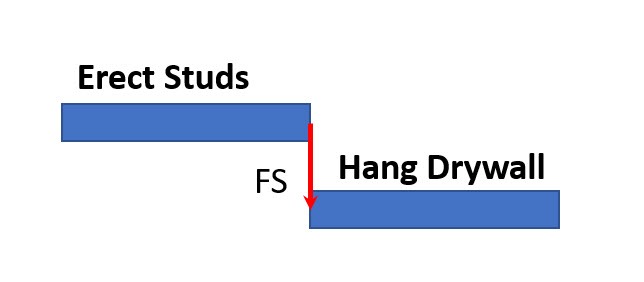
This method works, but it can be time-consuming, potentially causing delays in the project schedule.
To address this issue, construction planners often look for opportunities to overlap tasks, thus improving efficiency.
SS or FF between Erect Studs and Hang Drywall
One option is to use a start-to-start relationship, where workers begin hanging the drywall in certain segments as soon as the framework for that segment is completed.
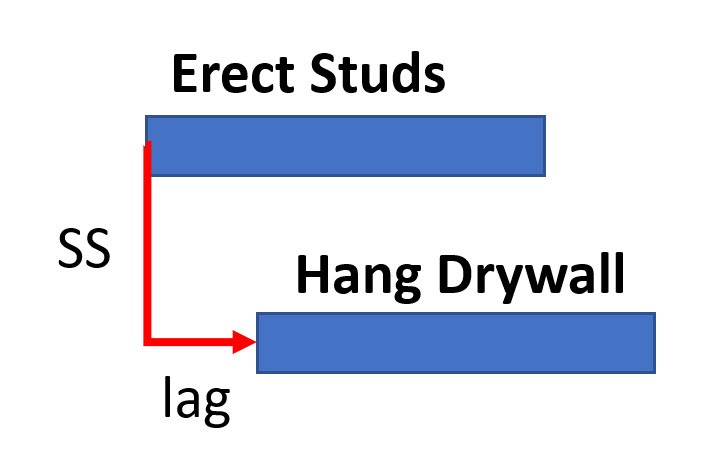
You can also use a finish-to-finish relationship with added lag if needed.
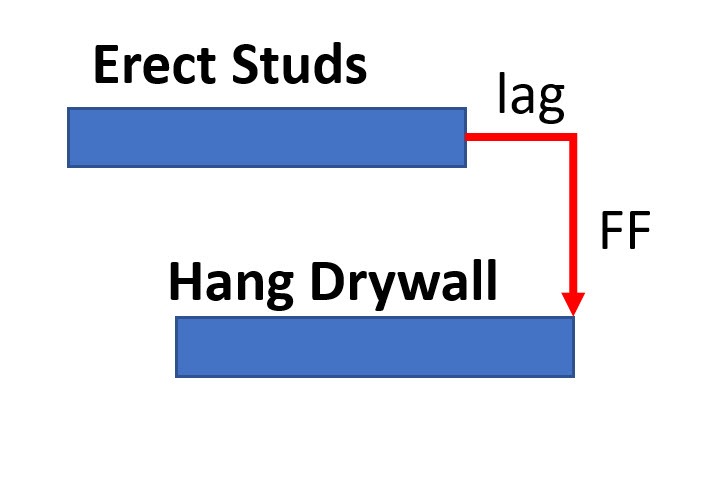
However, there’s an important consideration to keep in mind: the execution phase of each activity. If the drywall installation is faster (shorter duration) than the framework construction, it can lead to complications.
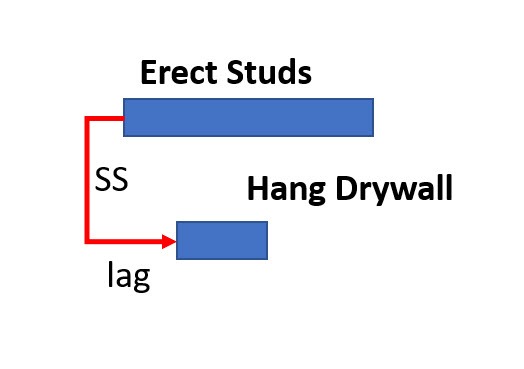
For instance, if the frame construction experiences delays, the workers hanging the drywall may find themselves waiting idly, causing inefficiencies and disruptions.
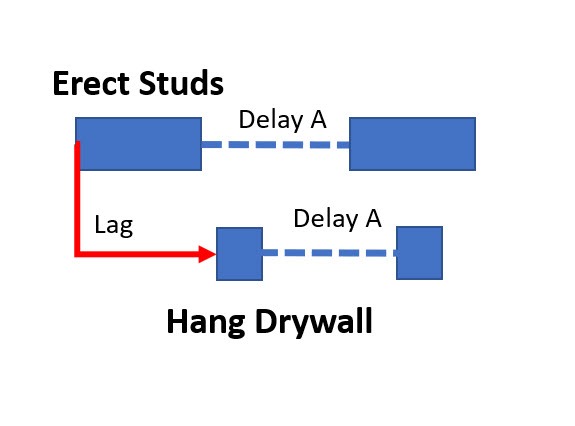
It is advisable to use finish-to-finish dependencies when the succeeding activity is faster (shorter duration) to avoid such problems.
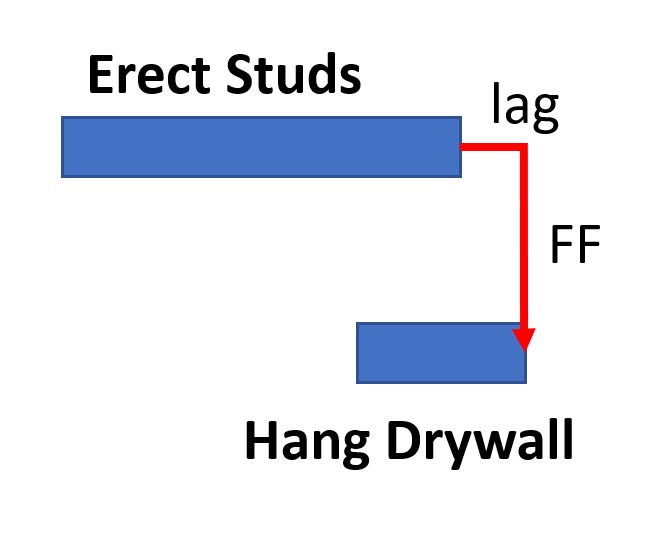
By establishing a relationship based on finishing times, you can calculate the start time of the next activity, ensuring that the workers are not left waiting for a delayed framework.
On the other hand, start-to-start dependencies can be a suitable choice when the next activity takes more time to complete than the previous activity.
This approach allows for overlapping activities since shorter tasks may start while longer tasks are still in progress.
Conclusion
In summary, the decision between finish-to-finish and start-to-start dependencies in construction projects depends on the relative durations of the activities involved.
If the succeeding task is faster (shorter duration), it is better to use finish-to-finish dependencies to avoid delays and idle time.
Conversely, start-to-start dependencies are useful when the succeeding task takes longer, enabling task overlap and improving project efficiency.
Understanding the execution phases of each activity and carefully considering the time differences between tasks are key factors in determining the appropriate dependency relationships for construction projects.
Project managers can optimize timelines, minimize delays, and ensure successful project completion by making informed decisions.
- Earned Value Method: What is it and how to use it - December 24, 2023
- What is the Critical Path Method in Project Management - November 23, 2023
- What is Free Float, Total Float, and Lag in CPM - November 19, 2023

